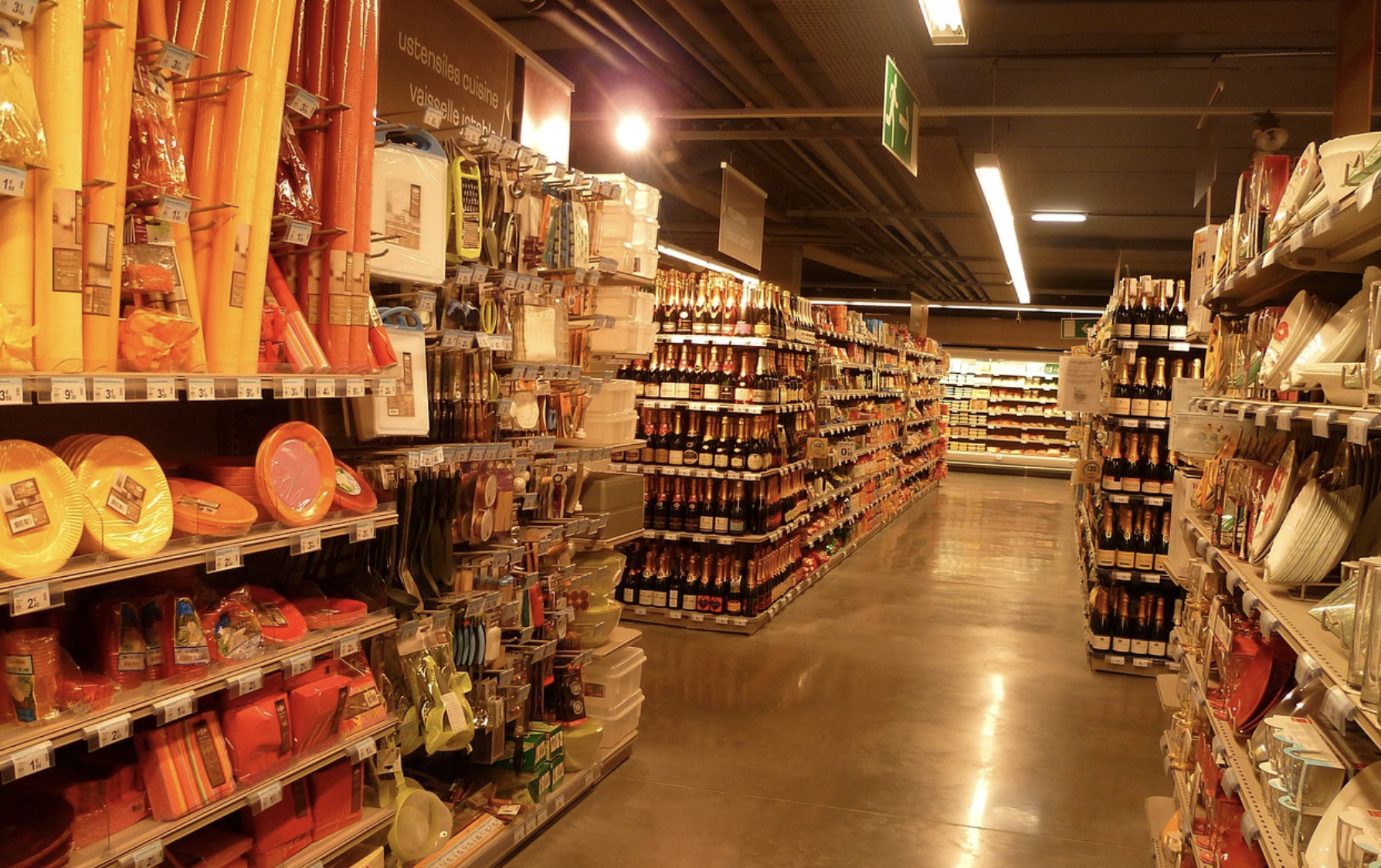Downsizing in the stores: many favorite products can be found in smaller sizes only
Along with the inflation, the shrinking inflation in the Hungarian stores also picked up, few products can escape the downsizing, which is considered a typical crisis phenomenon, and we also find few examples that the process could be reversed – HVG writes in a recent article.

Downsizing happens in most stores
The price increase in Hungary has increased to a level not seen since the nineties, and food inflation is already approaching 30 percent. However, the rise in prices is not a Hungarian phenomenon, first the sudden increase in demand, then the war drove up the energy prices that are incorporated into practically all products, and the loss of crops due to drought and heat waves also make food of vegetable and animal origin more expensive.
In several cases, the Hungarian government tries price caps, but this is not enough to give the illusion of a world without inflation. However, if we want to get a real picture of how much the food we take off the shelf costs, it is also worth looking at how producer prices have developed.
For example, the stock market price of one ton of soybeans in forints increased from 150,000 to 243,000 HUF in one year, the price of white sugar was similar, but the price of butter is already two and a half times higher than at this time last year, and the increase of cheese is almost double, according to data from the Research Institute (AKI).
The situation is no better for pork: the price of the product skyrocketed in the weeks after the outbreak of the war, and since then it has been around 80 percent higher than before – in euros this corresponds to the 2019 price increase, but in forints we are talking about an even higher price level due to the weakening of the Hungarian currency .
Related news
The Hungarian Confederation of Economic Workers also spoke out regarding the inflation data
🎧 Hallgasd a cikket: Lejátszás Szünet Folytatás Leállítás Nyelv: Auto…
Read more >K&H: what does child inflation show?
🎧 Hallgasd a cikket: Lejátszás Szünet Folytatás Leállítás Nyelv: Auto…
Read more >The forint may remain relatively strong, even permanently
🎧 Hallgasd a cikket: Lejátszás Szünet Folytatás Leállítás Nyelv: Auto…
Read more >Related news
Record-breaking Black Friday in online orders
🎧 Hallgasd a cikket: Lejátszás Szünet Folytatás Leállítás Nyelv: Auto…
Read more >Campaign launched to dispel misconceptions about meat and dairy products
🎧 Hallgasd a cikket: Lejátszás Szünet Folytatás Leállítás Nyelv: Auto…
Read more >The newest PENNY store opened in downtown Szolnok
🎧 Hallgasd a cikket: Lejátszás Szünet Folytatás Leállítás Nyelv: Auto…
Read more >






